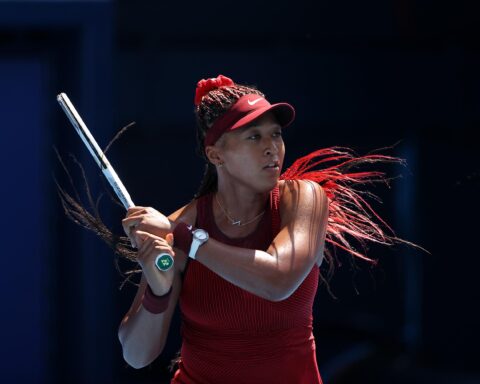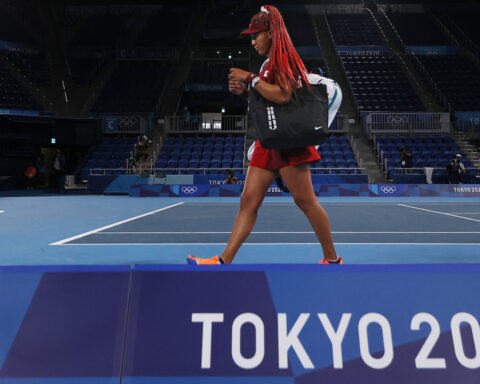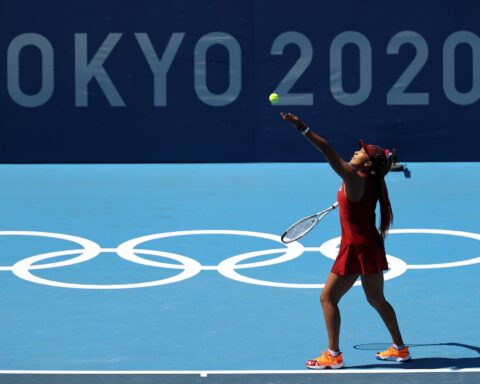“Naomi Osaka” tackles a lot more than just tennis, but this Netflix docuseries (really just a 110-minute documentary sliced into three parts) works best as a window into the demands placed on young athletes, and the pressures — from personal to political to marketing — that go with it. On that level alone it’s a winner, despite a few faults.
Produced by LeBron James’ company (which is having a big week with this and “Space Jam”), the project certainly benefits from timeliness, with Osaka having made headlines recently for her stand against participating in news conferences and decision to withdraw from the French Open, citing her mental health.
That introspection is evident throughout the documentary, directed by Garrett Bradley (“Time”), which chronicles a two-year stretch in Osaka’s hectic life, from winning the US Open at age 20 to losing the following year before seeking to reclaim it in 2020.
Along the way, Osaka — who is of Japanese and Haitian ancestry — began to find her voice as an activist, publicly taking a stand in regard to the Black Lives Matter movement. She also dealt with the grief of Kobe Bryant’s tragic death, after getting to know the Lakers star as a mentor to her.
“Nobody really knows all the sacrifices that you make,” Osaka says during the first installment, adding that “no one prepares you” for the level of attention that comes with being thrust into the media spotlight.
For Osaka, that means letting a camera crew tag along (an ironic choice, in some respects) as she appears on the “Ellen” show, participates in photo and fashion shoots and sits through a “summit” of companies looking to potentially get into business with her. That last sequence underscores the extent to which an athlete like Osaka becomes her own “brand,” with all the expectations and public-facing pressures associated with that.
It could be easy to dismiss Osaka’s complaints as high-class problems, from maintaining her then-ranking as the No. 1 player in the world to enduring questions from reporters — a small price, seemingly, for the riches and other benefits associated with stardom.
Yet what “Naomi Osaka” illustrates, quite effectively, are the tradeoffs associated with that, including the way in which Osaka, like many prodigies, experienced a far-from-carefree childhood that involved untold hours training on the tennis court.
At times listening to Osaka grapple with her doubts and insecurities can be uncomfortable and intrusive, but that’s revealing in its own way. Indeed, it’s possible to envy all that she has and still feel sympathy for the sacrifices made in order to have it — which, in terms of the points that “Naomi Osaka” intends to get across, is pretty much game, set and match.







